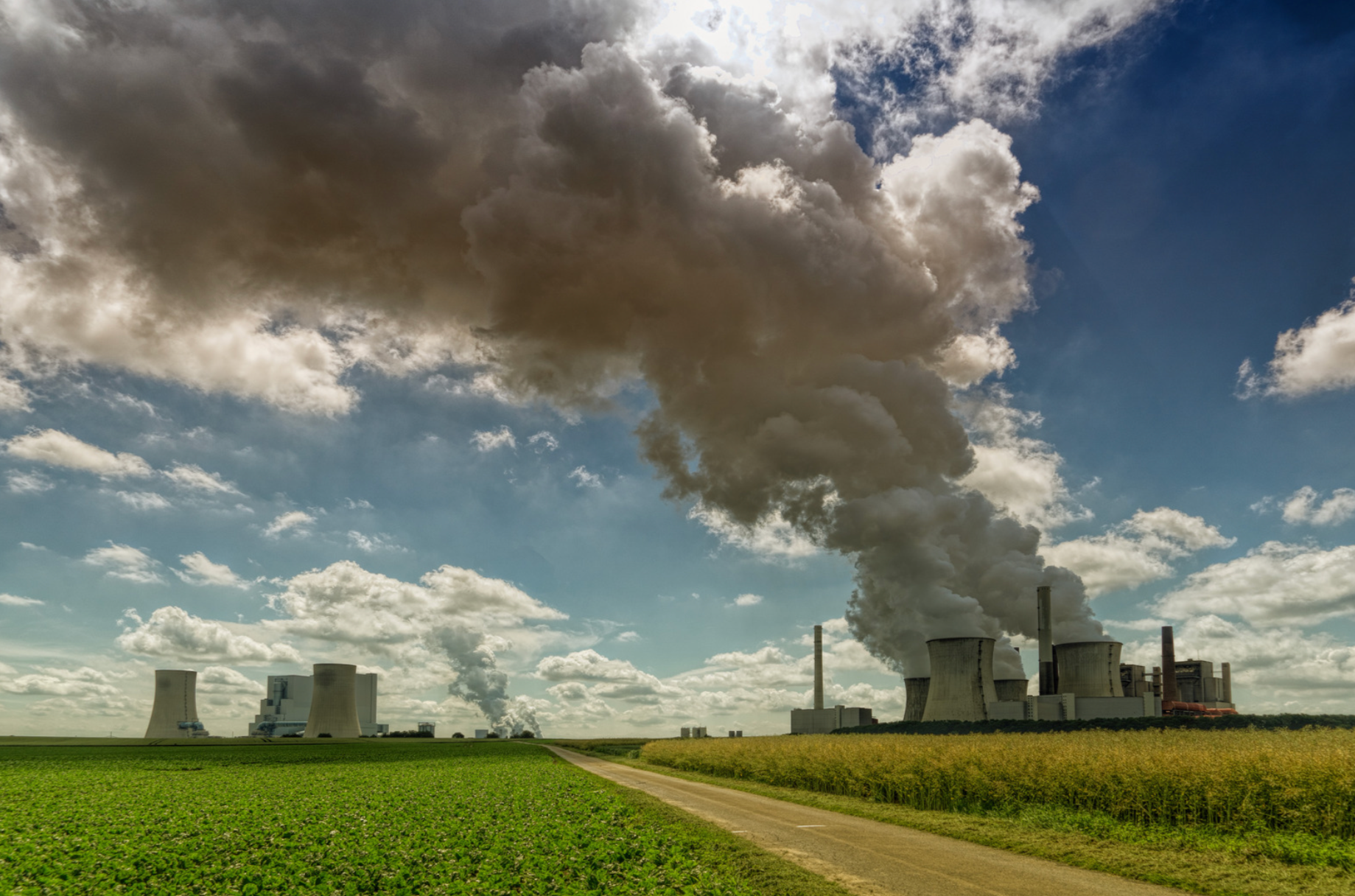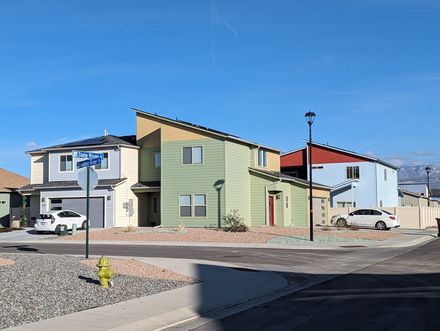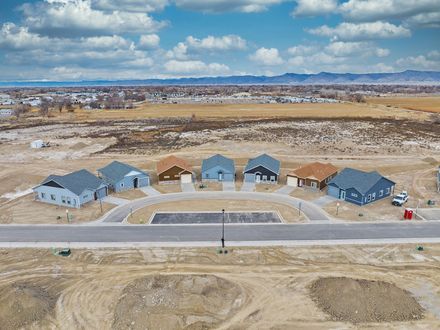Built to Perform
EXPERIENCED, ENERGY-EFFICIENT HOME CONSTRUCTION
ENERGY EFFICIENT HOUSING DONE RIGHT
CHOOSE A TRUSTED LOCAL BUILDER FOR YOUR NEW ENERGY EFFICIENT HOME!
You know exactly what you want your dream home to look like. You just need to find a skilled builder who can make your ideas a reality. Luckily, you won't have to search very far.
Senergy Builders offers
new construction services in Grand Junction, CO and the West Slope area. You can rely on our experienced crew to design and build a custom energy-efficient home that reflects your personal style. You can also hire our crew for commercial construction projects.
We have had a great experience. This is our 1st home built from scratch and it has been a very easy a wonderful experience. Everyone with Synergy Builders have been very helpful and willing to do right by us. I thank you all very much!
Explore Our Subdivisions

Brookfield South
Located at 21 1/2 Road, Brookfield South provides spectacular views of nearby Colorado National Monument.
Darrin is doing fantastic things within the community and does it without needing to be acknowledged. Not only does he want to help the community through providing affordable housing, but he goes beyond that in changing lives for his employees and through community outreach. He is doing work through the Lord which will make me shout from the rooftop to support this business. We also love our house and how efficient it is!
HOW YOU CAN BENEFIT FROM AN ENERGY EFFICIENT HOME
Save Money
With Lower Utility Bills
Live Healthier
With Cleaner, Healthier Air
Enhance Your Comfort
In a Greener Environment
Just moved into my new Senergy home and I could not be happier with the process and product...The home itself is well constructed and beautifully done...If you're looking for your forever home I highly recommend Senergy Builders.
















